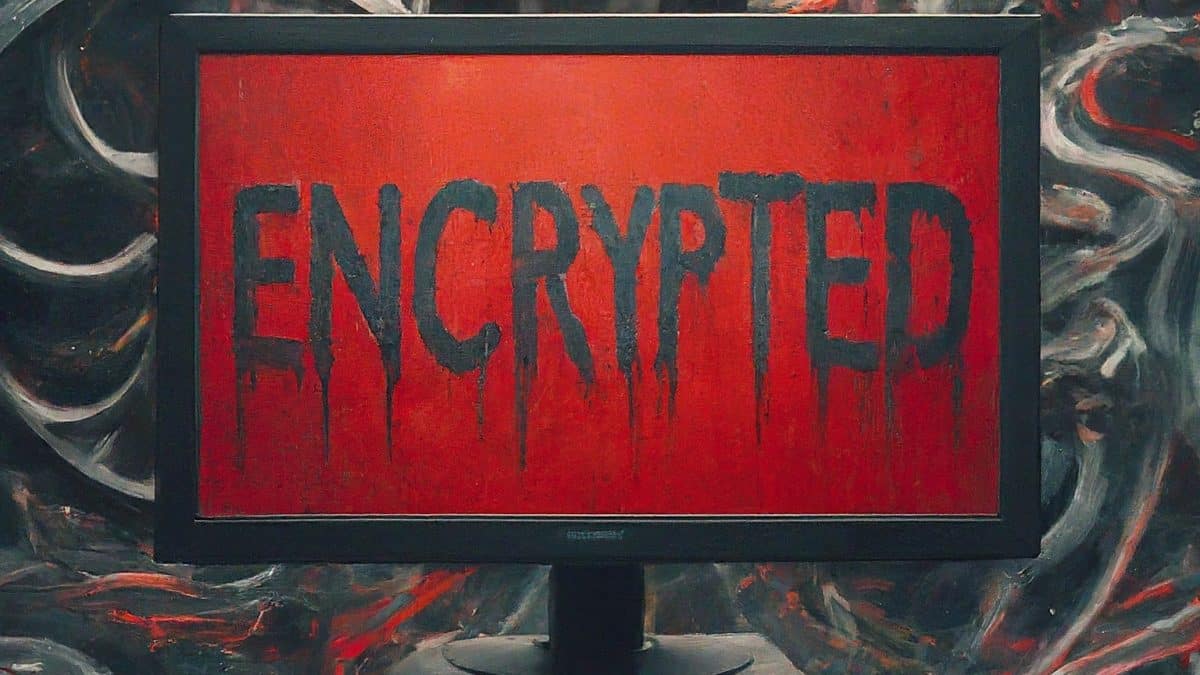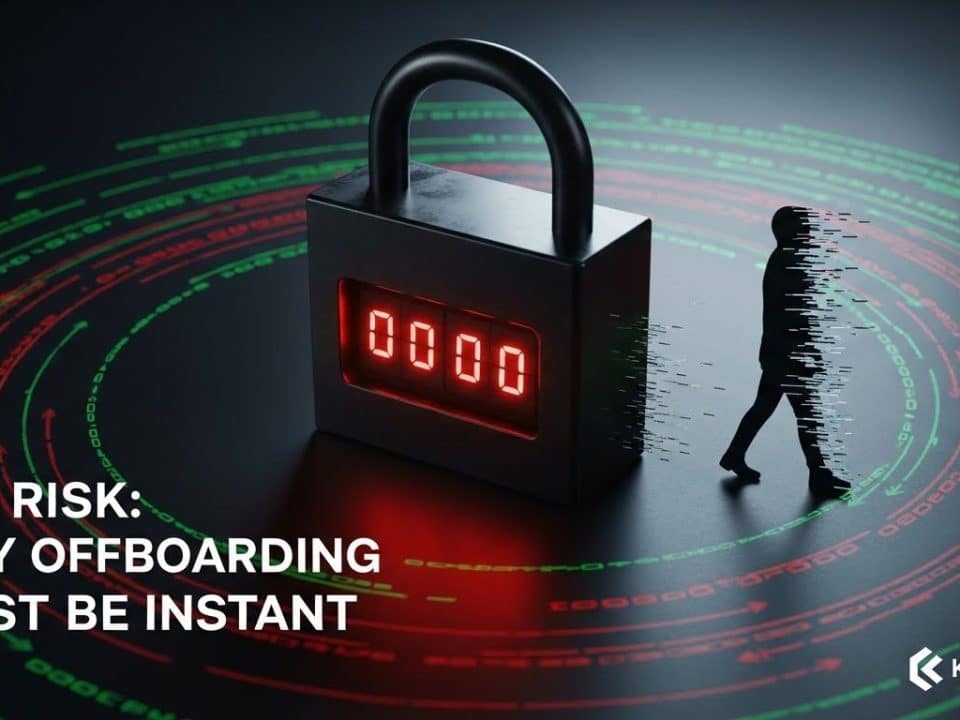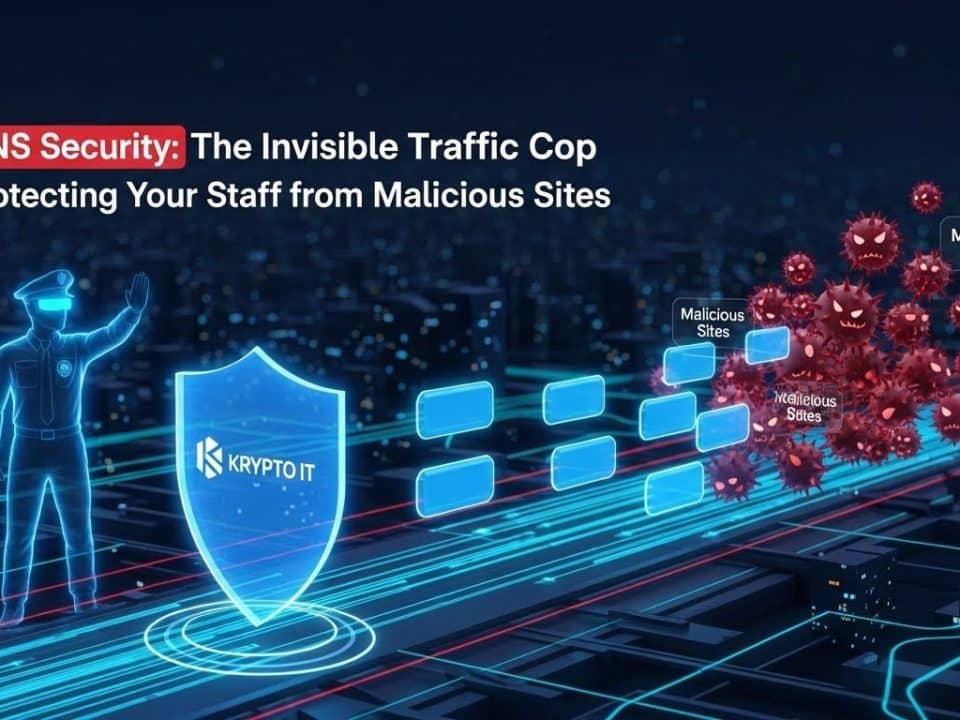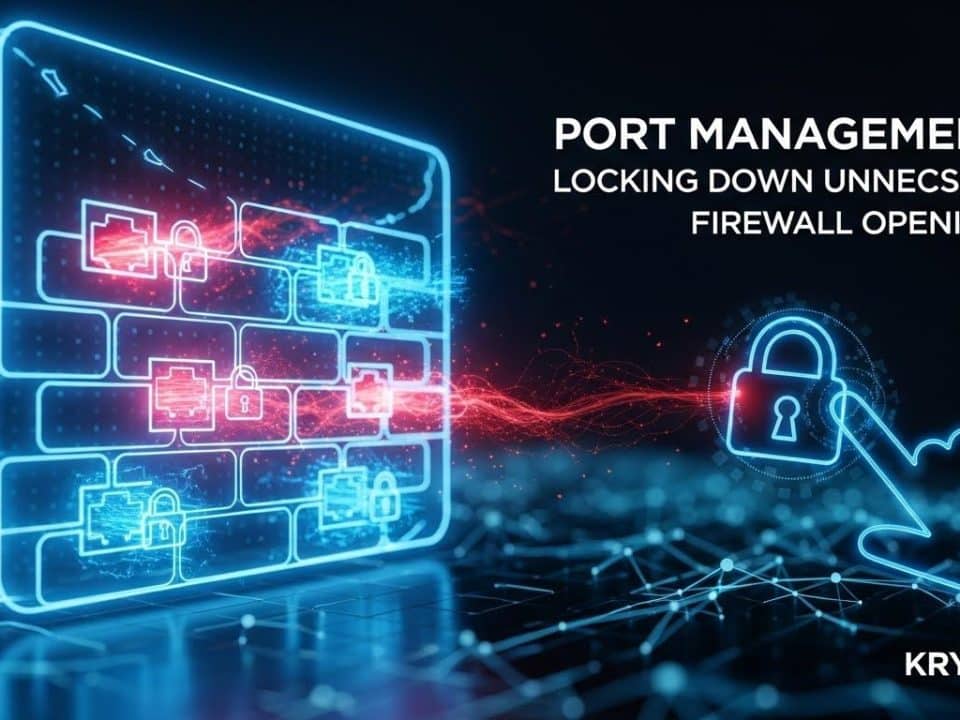
Skimming in the Aisles: Romanian Mob Targets Self-Checkout Debit Cards
March 28, 2024
Double-Edged Sword: The Risks and Rewards of Personal Browsing on Corporate Devices
March 30, 2024Ransomware, the malicious software that encrypts your data and demands a ransom for its release, has become a ubiquitous cyber threat. Once associated with amateur criminals, ransomware attacks have become increasingly sophisticated, aggressive, and lucrative.
The State of Ransomware: A Landscape in Flux
Let’s delve into the current state of ransomware and understand why it remains a major cybersecurity concern:
- The Speed Factor: Ransomware attacks have become faster and more automated, allowing attackers to compromise entire networks in a matter of hours, minimizing the window for detection and response.
- Double Extortion: The “double extortion” tactic has become commonplace. Attackers not only encrypt your data but also exfiltrate sensitive information**, threatening to leak it publicly if the ransom isn’t paid.
- Supply Chain Shenanigans: Cybercriminals are increasingly targeting vulnerabilities in third-party software and vendors to gain access to a wider range of victims through supply chain attacks.
- RaaS (Ransomware as a Service): The rise of RaaS (Ransomware as a Service) lowers the barrier to entry for cybercriminals with limited technical expertise. “RaaS” models provide attack tools and support to anyone willing to pay.
- Ransomware-Cartels: Ransomware gangs are becoming more organized and professionalized, operating like cartels with specialized roles and extensive resources.
The Costs of Ransomware: Beyond the Ransom
The financial impact of a ransomware attack can be devastating, but the consequences extend far beyond the ransom itself. Here’s a broader view of the costs:
- Disruption of Operations: A successful attack can cripple your IT infrastructure and disrupt your business operations**, leading to lost revenue and productivity.
- Reputational Damage: A data breach exposed by attackers can severely damage your public reputation** and erode customer trust.
- Legal and Regulatory Ramifications: Depending on the nature of the data stolen, compliance and regulatory violations** can incur significant fines and legal fees.
Defending Your Digital Territory: Building Resilience Against Ransomware
While ransomware presents a significant challenge, there are effective ways to mitigate the risks:
- Patch Management: Prioritize regular and timely patching of software vulnerabilities** used in your environment.
- Data Backups: Implement a robust data backup system** with offline storage to ensure you can recover your data quickly in case of an attack.
- User Education: Train employees on phishing scams** and other social engineering tactics used by attackers to gain access to systems.
- Multi-Factor Authentication (MFA): Enforce multi-factor authentication** for all user accounts** to add an extra layer of security.
- Incident Response Plan: Develop a comprehensive incident response plan** outlining clear steps to take in case of a ransomware attack.
- Security Awareness Culture: Foster a culture of security awareness** within your organization, encouraging employees to report suspicious activity**.
Looking Ahead: The Future of Ransomware
The ransomware landscape is constantly evolving. Cybercriminals are continuously developing new tactics and exploiting emerging technologies**. Staying informed and proactive is essential to protect your organization from this ever-present threat.
By understanding the current state of ransomware and taking proactive steps to strengthen your defenses, you can significantly reduce the risk of falling victim to this malicious software.
**Don’t underestimate the threat! **
#ransomware #cybersecurity #cybercrime #threats #datasecurity #businessprotection #securityawareness #RaaS #supplychainattacks #incidentresponse
P.S. Share this post to raise awareness about the evolving threat of ransomware. Together, we can build a more secure digital space!




